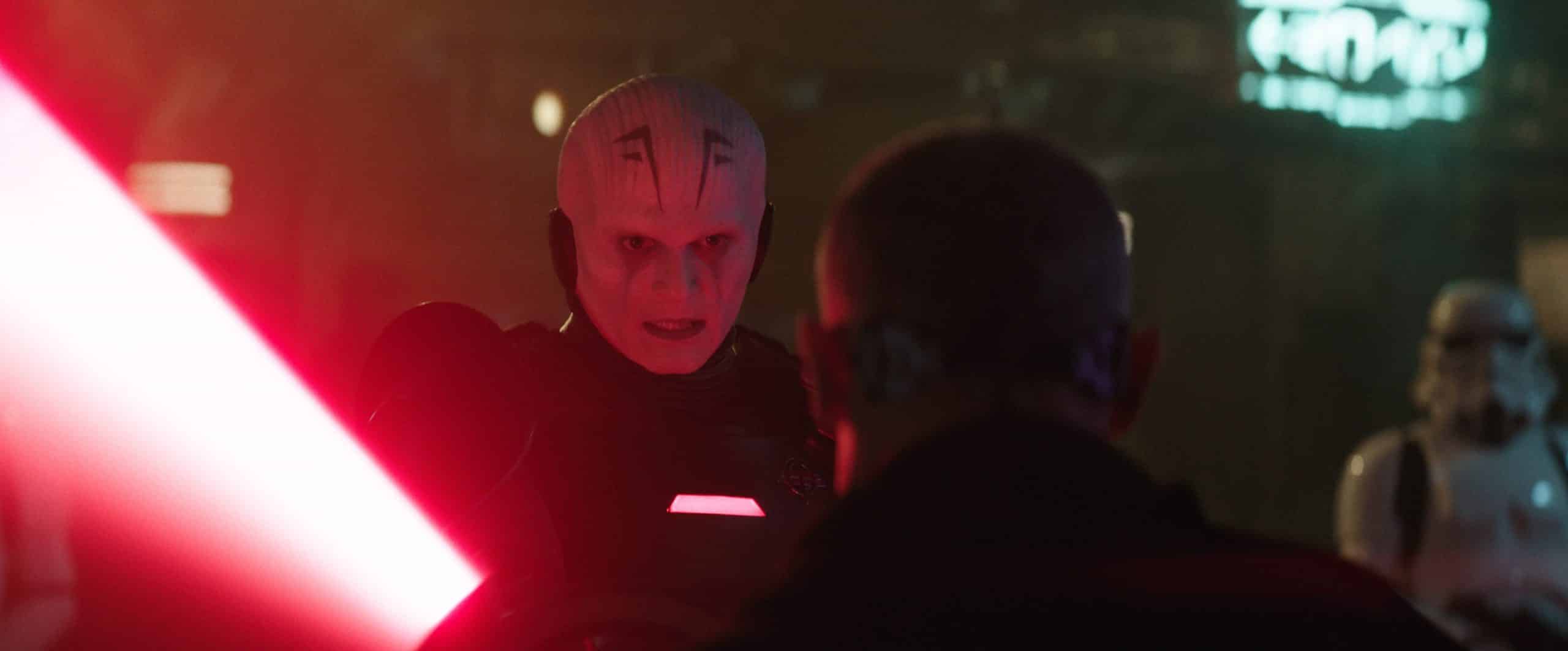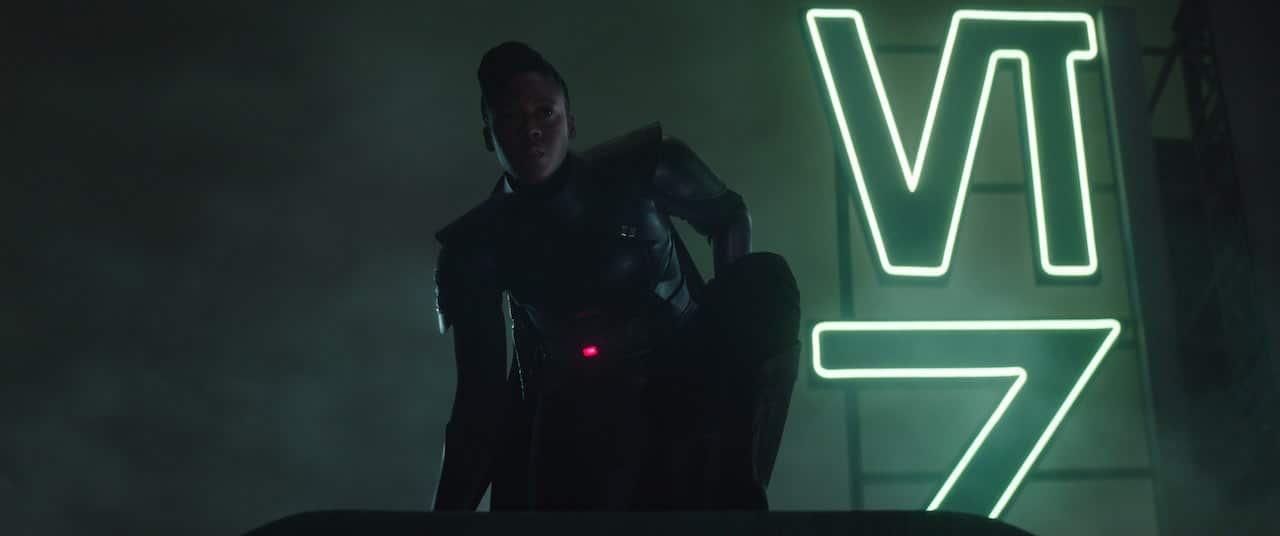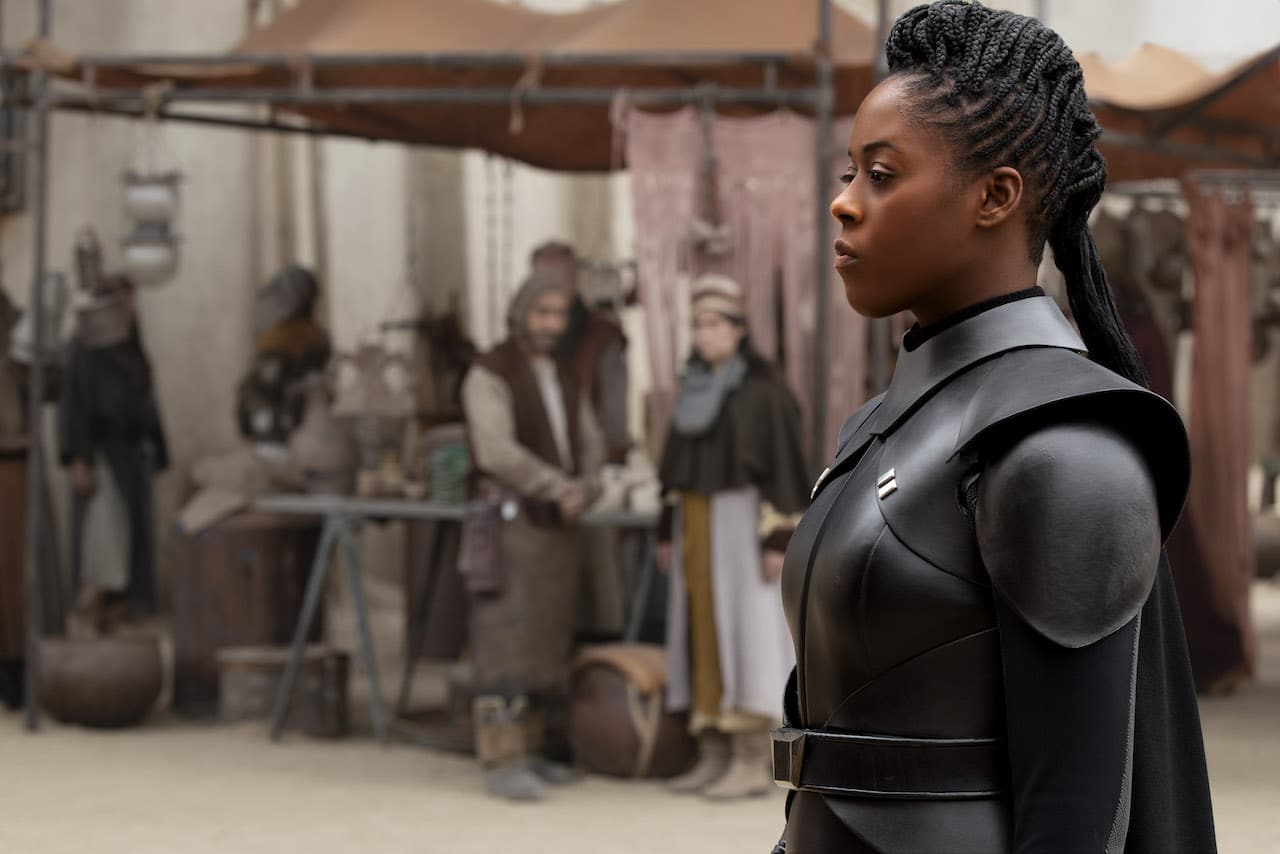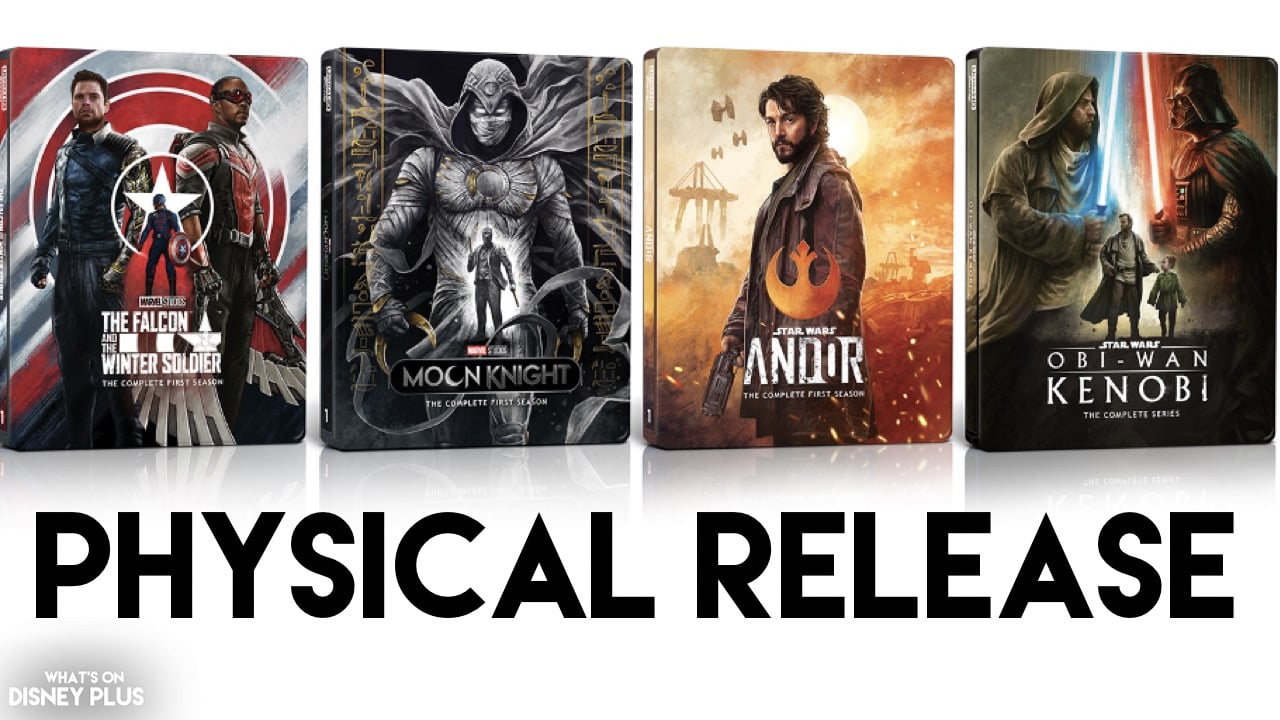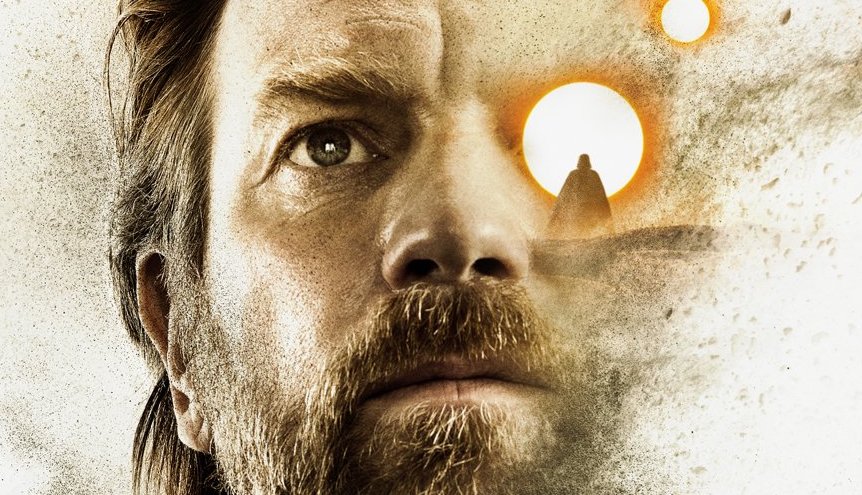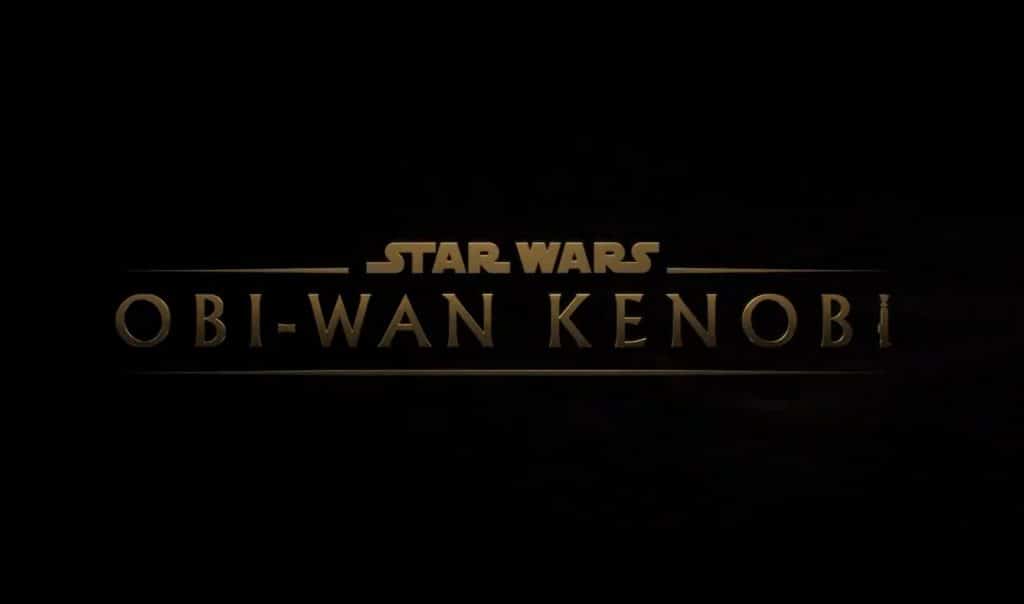
Star Wars: Obi-Wan Kenobi – Cast And Director Interview
Ewan McGregor and Hayden Christensen are back together again as Obi-Wan Kenobi and Anakin Skywalker/Darth Vader in the Limited Series Obi-Wan Kenobi, coming to Disney+ later this month. Star Wars fans everywhere are thrilled to see the franchise exploring the time between Episode Three and Four.
During the global press conference, cast and director discuss the importance of finding the right story, technological advances, and of course, lightsaber training.
Participating Talent:
- Ewan McGregor (“Obi-Wan Kenobi”/ Executive Producer)
- Moses Ingram (“Reva”)
- Deborah Chow (Director)
Finding The Right Story To Tell
Ewan McGregor has always said he would love to play Obi-Wan again, but that it had to be the right story. He was never going to come back just for the sake of coming back. He admits that two things he would always get asked during interviews with press was would he do the sequel to Trainspotting, and would he ever play Obi-Wan again. Eventually he just started answering the question honestly, and that got the fans of the prequels buzzing.
“I became more aware of the fondness that the generation we made the prequels for have for those films, because when we made them, we didn’t hear that. We didn’t get that response really. So gradually, I started realizing that people really liked them, and that they meant a lot to that generation. That warmed my feelings about them, I guess, or my experience of being in the Star Wars world.” – Ewan McGregor
Disney started seeing that Ewan would be willing to play Obi-Wan again on social media, and called him in for a meeting, asking if it was true. He said yes, that he would love to play him again. But that there had to be a good story between Episode Three and Episode Four. He is confident that they found this story, after a lengthy process of exploring several different storylines. “We’ve ended up with a really, really brilliant story. One that will satisfy the fans sitting between those two episodes.”
At the end of the third episode, the Jedi Order are destroyed and those who haven’t been killed have gone into hiding. They can’t communicate with one another, so for ten years, which is when Obi-Wan Kenobi is set, Obi-Wan has been in hiding. He is living a solitary life and, as Ewan himself describes it, it is like somebody who has stepped away from their religion, he’s losing faith. The only responsibility to his past life is looking over Luke Skywalker. “It was interesting to take a character that we know and love, and take him to this more broken place.”
The Obi-Wan Kenobi series is kind of like a sequel and a prequel at the same time. This is what Director Deborah Chow says was one of her biggest challenges. “We have these huge, legacy, iconic characters and we’re in between two trilogies. In large part, we’re telling the second act of a story, which is often challenging enough. The biggest thing we were looking at is to respect the canon and respect what’s been done, but we also need to have an original story and have an original vision for it.” She adds that at the same time, it was very exciting to be bringing back two huge iconic characters, and getting to tell a new story with them.
Using Stagecraft Technology
Obi-Wan Kenobi was filmed using the same stagecraft technology that LucasFilm has used for The Mandalorian and The Book Of Boba Fett. For Director Deborah Chow, this wasn’t new to her, as she has directed for The Mandalorian before. “I was actually incredibly excited to be able to use it on Kenobi as well.” Chow says. She goes on to explain that even since the first season of The Mandalorian, the technology has advanced.
“By the time we came to do Kenobi, there were things that we could do that we couldn’t do on The Mandalorian. It was also really exciting to be able to design and to develop material knowing that I was going to shoot stagecraft. A lot of times, I’d be looking at the scene, even as we were writing it, thinking about how is this going to translate into the volume? And how can, how can we take advantage of the tech as best as possible?” – Deborah Chow
McGregor however, was completely new to the shooting stagecraft. He recalls Episode Two being his first experience with shooting on digital cameras. ” Now, it’s so rare to shoot on film, sadly, but those cameras were like dinosaurs. They were they weren’t cutting edge technology.” Ewan explains that comparing those to what they shoot on now is crazy. The cameras they used for the prequels had “huge umbilical cords coming out of the back” and they can change the lenses, but it takes them half an hour to do it, so everything was just shot on a zoom lens.
He remembers how noisy they were, and that they ended up having to do a lot of ADR because the humming would down out their lines. “Every single line of Episode Two, none of the original dialogue made it through because of that. The cameras were so new, that none of the bugs had been worked out yet.” McGregor confesses that comparing the two is like comparing night and day. “I’ve never worked on a stagecraft set before and it’s such a game changer for us.”
Lightsaber Training
You can’t have anything Star Wars without lightsabers, and lightsaber battles. When asked about the training, Moses Ingram explains they had to train for about four months before they even got to step foot on set. On top of that, she had to attend strength training and cardio classes every day. Oh, and three days a week of Jedi school.
“At the beginning, it was a little intimidating because I come in and we’re doing lightsaber work and of course, [Ewan’s] been doing this for years. He’s like, flipping it, wielding it, and I’m like, God I’m never gonna get it, I look terrible. But if at first you don’t succeed, try and try again.” – Moses Ingram
McGregor adds in that the lightsaber training was actually a great way to get to know each other. He has worked with Hayden Christensen before, of course, and says it was lovely to get to spend time with him again, but this is his first time working with Moses Ingram. “It was fun. We started months before the shoot together in the fight gym. It was a nice way to get to know each other.”
Ewan then goes on to talk about their fight coordinator Jojo, and what a thoughtful man he was. It was important to him to incorporate the fighting style from the prequel films, so he studied them with his stunt crew in order to get things right. “It’s not just random. He’s really a thinking fight arranger which was cool to work on. Our fights styles are very different anyway in the pace, as they should be, so I was over on one side doing my choreography, and [Moses] was on the other side doing [hers]. We’d try not to crash into each other as we surpassed each other.”
McGregor was sure to point out just how much preparation these fight scenes require. He admits they are always something extra when working on a franchise like Star Wars. “There’s a real nervousness about when you walk onset to do a fight that you’ve been learning and training for, for months.” Ewan says he gets a pit in his stomach because of how nervous he gets — all because he wants to do the best that he can. Getting fit beforehand is really important because sometimes they are shooting fight scenes for two or three days in a row, which requires an enormous amount of stamina.
Be sure to tune into the first two episodes of Obi-Wan Kenobi on Disney+ May 27th, with a weekly Wednesday release schedule following that, until it concludes after six episodes. As Obi-Wan himself promised, this limited series is sure to satisfy the fans who have been waiting for it.

